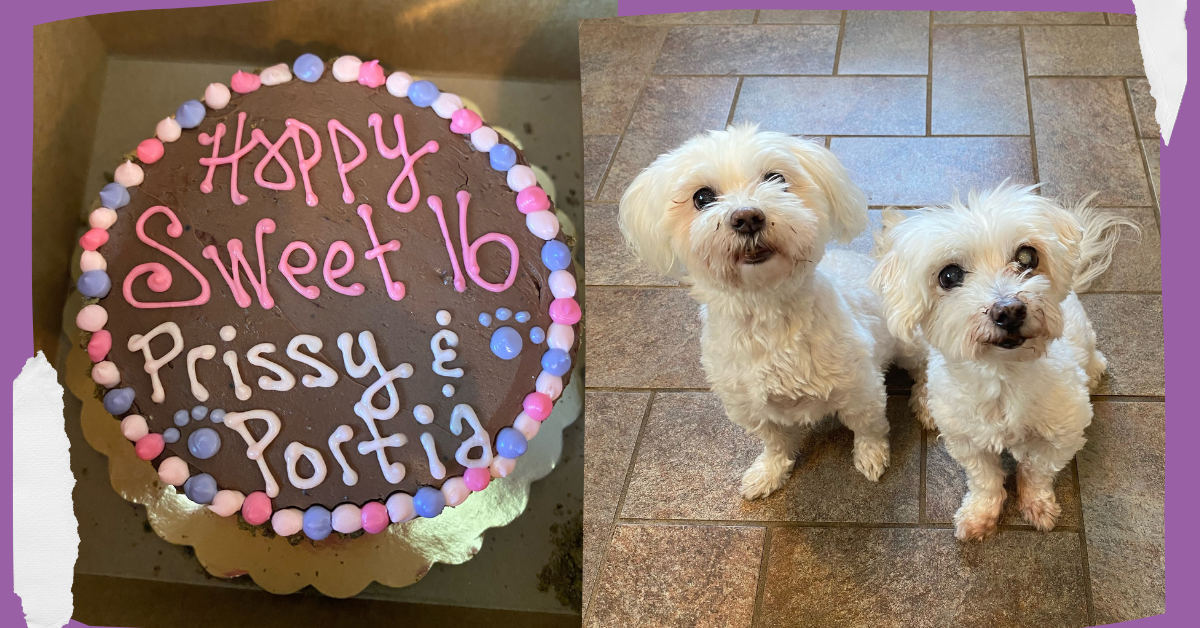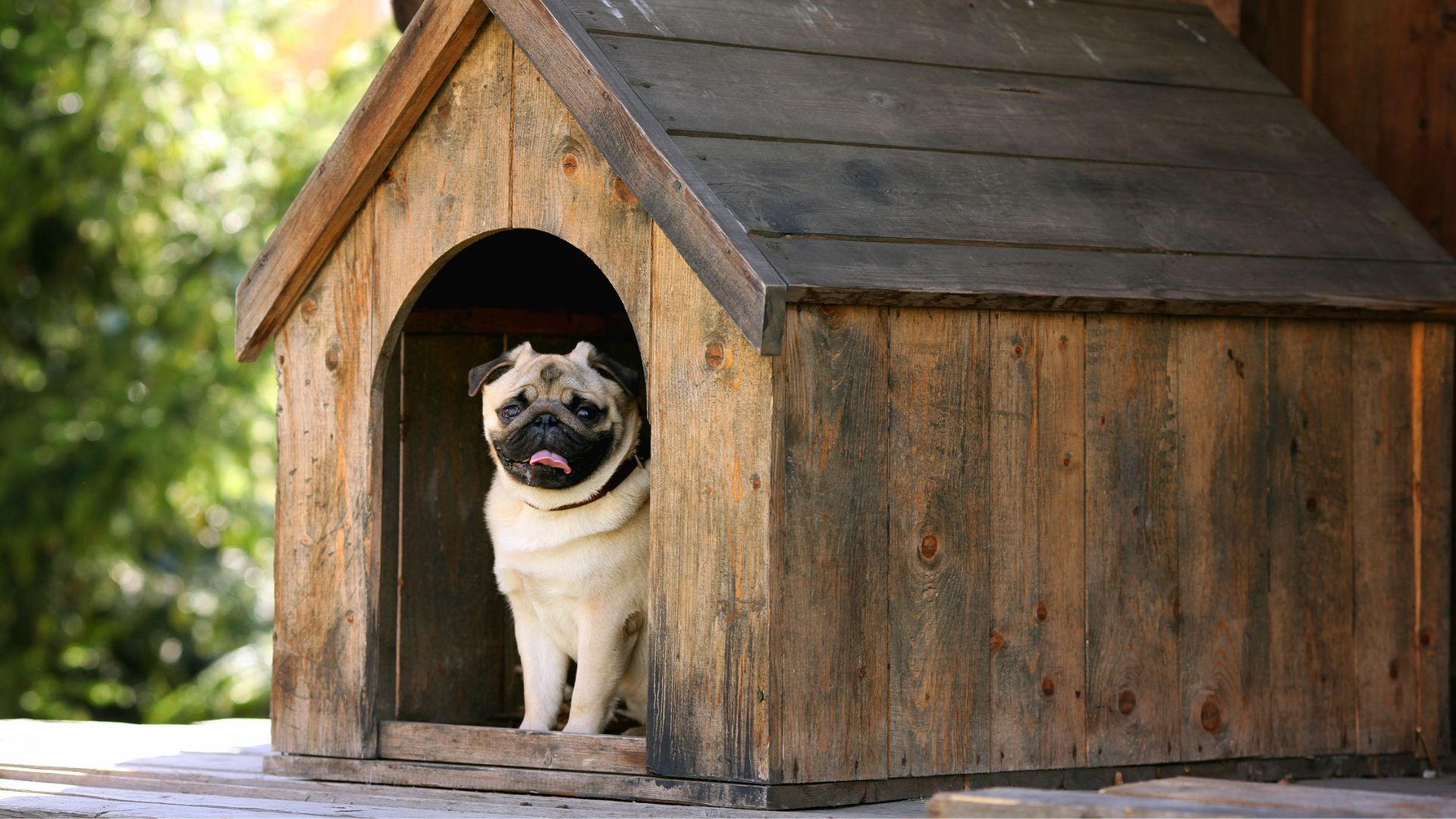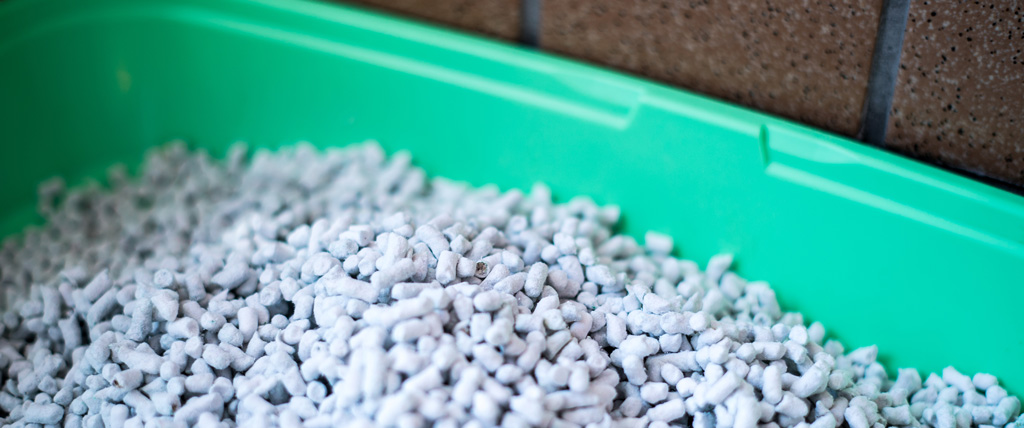Pros and Cons Of Popular Kitty Litters
No matter what type of pet you own, integrating them into human acceptable bathroom habits is always a hot button. While dog owners worry if their dog prefers grass or potty pads, and if they are getting ample opportunities to eliminate, one might think cat owners have it easy… after all, they just naturally go in the litter box right?
However, when you take a look down the cat litter aisle, you realize cat owners too have many choices to make when it comes to the art of potty. Clay, clumping, natural substrates, silica gel… so many choices… so many price points… so many pros and cons to evaluate.
Pros of Clay Litter. Clay litter is the standard. It has been around for decades. It is the cheapest option and it will do the job.
Cons of Clay Litter. One common complaint regarding clay cat litter is the dust. As you breath in that swirl while refreshing the litter box, ever wonder if it could be harmful? It depends on the ingredients in the litter. Many clay cat litters contain quartz silica. Silica dust is a known carcinogen which can cause respiratory problems and even lung cancer. While there are no published studies on the effects of cat litter on humans, it may also be a cause for concern for kitty and human alike. Clay litter is also not environmentally friendly. Strip mining is used to produce cat litter and it will NEVER biodegrade in a landfill.
Pros of Clumping Litter. Clumping litter, or scoopable litter, has become the new standard in kitty litters. The clay is mixed with sodium bentonite which causes the kitty urine to clump making it easy to scoop.
Cons of Clumping Litter. Clumping litters may be one of the easiest to deal with; however, if flushed, they may cause damage to your pipes and in turn your home. As mentioned above, clumping litters contain sodium bentonite which is the agent that causes the clumping. Sodium bentonite expands 15 to 18 times its dry size when wet. Along with concern for your pipes, another concern is your cats, especially kittens. If paws are licked during regular grooming, clumping litter may swell in their intestines. Some cat owners believe their cats have suffered a variety of health problems, including diarrhea, urinary discomfort, constipation and coughing, after clumping litters were added to their litter boxes.
Pros of Silica Litter. Silica litter is basically just like the little packets of beads you find in a new shoebox. Silica gel is labeled non-toxic and is super absorbent. The beads act as little sponges that absorb the urine and moisture. Silica litter is typically sold in a one month supply. At the end of each month you completely dump out the box, clean and replace the litter while continuing daily scooping of poops and stirring the crystals. This litter is also virtually dust free. Silica crystals are also less likely to encourage growth of molds and bacteria in the litter box.
Cons of Silica Litter. When the litter is fully saturated, urine can pool at the bottom of the litter box. If your kitty favors one corner of the litter box it is important to stir the crystals. It is also less environmentally friendly than other options on the market and may be scented which can cause issues for some kitties and humans alike. Also, beware of crystal litters mixed with clumping agents. Those can potentially cause the same issues described under the clumping litter category.
Pros of Natural Litter. Natural litters usually fall into two categories: pine and wood based and wheat and corn based. There are many options out there including wood, paper, sawdust, sand and even dried orange peels, but two of our client’s favorites are World’s Best Cat Litter (made from corn) and Swheat Scoop (made from wheat). These litters are safe and natural, silica free and naturally clump without the use of sodium bentonite. They are also biodegradable and flushable.
Cons of Natural Litter. Sometimes they can be tough to scoop and clump a bit too much. Cats also are sometimes interested in snacking on a yummy piece of malty corn litter. While these litters are some of the pricier options out there at the moment, they do tend to require less product during use.
Scenting. While everyone wants their home to not smell like ammonia and cat urine, one additional item to watch out for when it comes to litters is scent. Many litters are scented, and sometimes with synthetic perfumes which are just like scenting your home with a synthetic room freshener and may cause respiratory issues for some cats and people.
In the end, make sure to read the labels and take some time to look around the entire kitty litter aisle. I am sure you will be able to find something that works best for you, your kitty and your budget. There is always potty training your kitty to flush the toilet, right?
Other Recent Blog POsts

Celebrating The Original Floofins’ Sweet 16
July 24, 2024
Emergency Planning for Your Home & Pet
July 18, 2024
Beyond the Blurry Phone Pic: Schedule Professional Pet Photos Instead
July 10, 2024
Keeping Chicago Pets Safe on the Fourth of July
July 1, 2024
Why Floofins & Co. Leads the Pack
June 26, 2024

